Slim Down Your Wallet, Beef Up Your Security: A Real-World Guide
I think we’ve all felt that heart-stopping jolt of panic. You pat your pocket or dig through your bag, and… nothing. Your wallet is gone. For a lucky few, it’s just a hassle of canceling a card. But for way too many, it’s the start of a long, expensive nightmare of identity theft and drained accounts. After years of helping people navigate this mess, I can tell you one thing for sure: the difference almost always comes down to what was inside that wallet.
In this article
- The #1 Rule: Your Wallet is a Tool, Not a Treasure Chest
- The “Never Carry” Checklist: Get These Out of Your Wallet NOW
- The “Think Twice” List: Items That Still Carry Risk
- Let’s Talk Tech: Digital Wallets & RFID
- Your Wallet Emergency Plan: Prepare for the Worst, Hope for the Best
- The First 24 Hours: Your Step-by-Step Action Plan
- Inspiration:
Let’s get one thing straight. Your wallet isn’t some magical charm; it’s a container holding keys to your financial life. The goal is to control the “blast radius.” If a thief gets their hands on it, you want the explosion of problems to be a tiny pop, not a full-blown catastrophe. This guide is all about the practical, real-world advice I share to keep people safe.
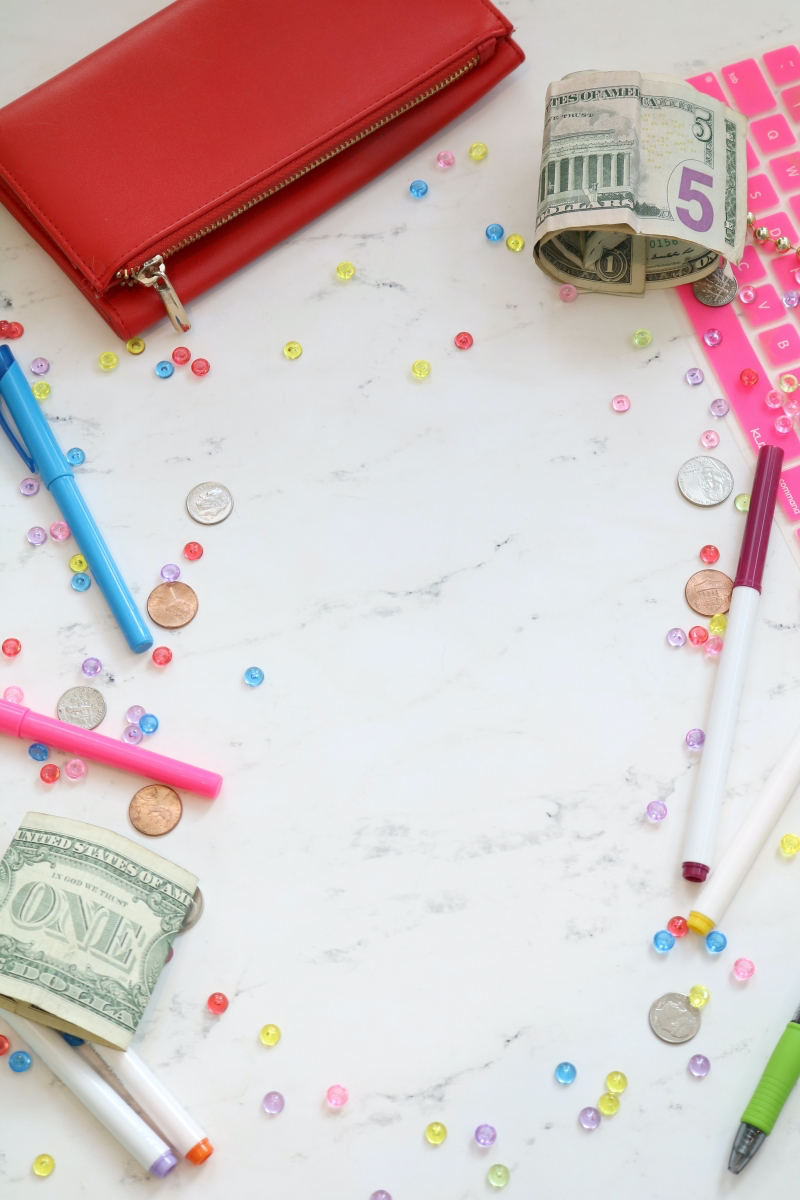
The #1 Rule: Your Wallet is a Tool, Not a Treasure Chest
Every single item in your wallet adds to your risk profile. Think about it this way: a thief who finds a wallet with just a driver’s license and a credit card doesn’t have much to work with. But a thief who finds a wallet stuffed with multiple cards, a Social Security card, and a work ID? They’ve just hit the identity theft jackpot.
Your job is to make your wallet as boring and useless as possible to a criminal.
Imagine a professional chef’s kitchen. They keep only the essential knives and tools within arm’s reach. Everything else is stored safely away. Your wallet should be treated the same way. It’s for today’s transactions, not a permanent archive of your entire life. Getting this mindset right is the most important step you can take.
The “Never Carry” Checklist: Get These Out of Your Wallet NOW
Seriously. These items create the biggest blast radius. If you’re serious about your security, there’s no good reason for them to be in your daily-carry wallet. I’ve personally seen cases where a single one of these items led to absolute financial ruin.
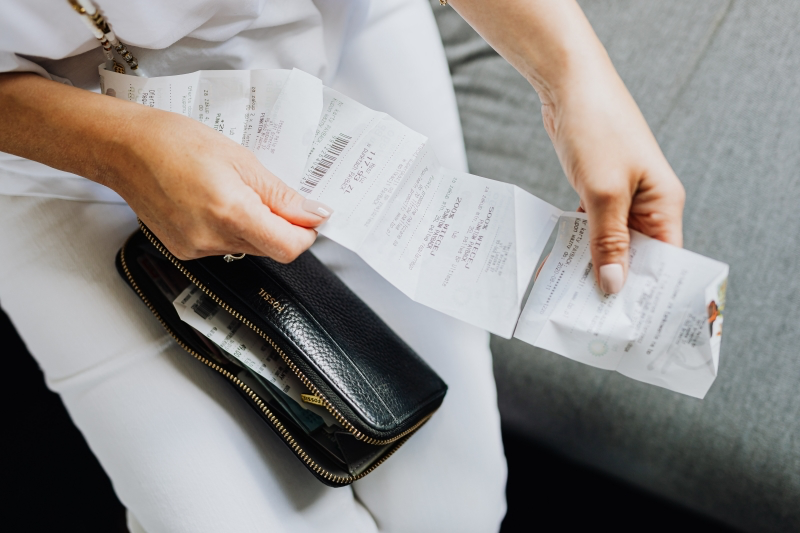
-
Your Social Security Card. This is the big one. Your SSN is the master key to your identity, tied to your credit, taxes, and benefits. The Social Security Administration itself tells you to keep it in a safe place, not your wallet. With your name (from your ID) and your SSN, a criminal can open new credit cards, file fake tax returns to steal your refund, and even get medical care in your name, which totally corrupts your health records.
Your 60-Second Security Win: Stop reading right now, find your Social Security card, and put it somewhere safe at home, like a locked file cabinet or fireproof safe. This is the single biggest risk you can eliminate today. Go on, I’ll wait.
Oh, and what about when a new job asks you to bring it on your first day? Don’t just toss it in your wallet for the commute. Transport it securely in a sealed, separate envelope and bring it directly home afterward.
-
Blank or Spare Checks. Carrying even one blank check is like handing over a key to your bank account. It has your name, address, bank, account number, and routing number. A thief can use this info to pull money directly from your account electronically or even order hundreds of fraudulent checks online.
-
A List of PINs or Passwords. This should be a no-brainer, but you’d be surprised how often people do it. Keeping your PIN next to the card it belongs to is just a gift to a thief. A common tactic is to steal a wallet and phone at the same time. If you have your bank’s app on your phone and the password in your wallet, it’s game over. Instead, use a secure password manager app on your phone, like 1Password or Bitwarden, protected by a strong master password and Face ID.
-
Every Credit and Debit Card You Own. Carrying a whole stack of cards just multiplies your headache after a theft. The more cards you have, the more frantic calls you have to make, and it’s so easy to forget one, leaving it active for a thief. Stick to what the pros call the 1-1-1 Rule: one primary credit card for daily use, one backup credit card (ideally from a different network, like a Visa and an Amex), and one debit card. That’s it. Put the rest in your safe at home.
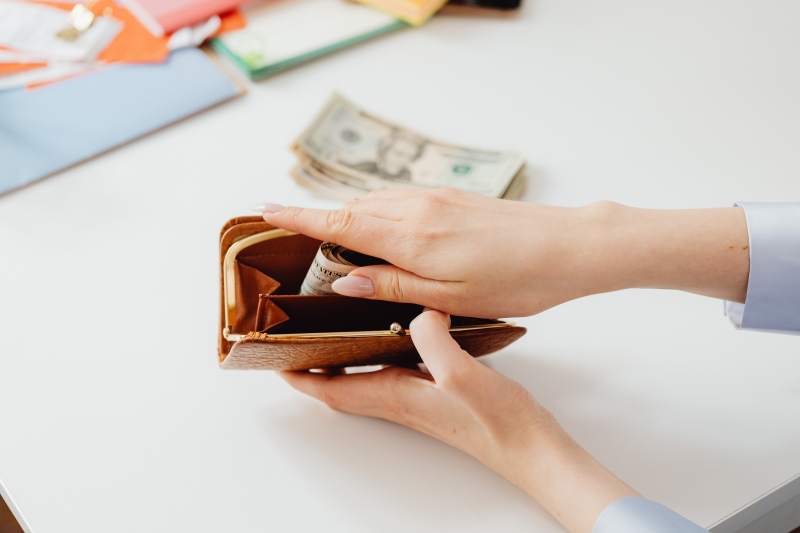
The “Think Twice” List: Items That Still Carry Risk
These things might not be as catastrophic as an SSN, but they still give criminals valuable information. You should really consider if they need to be in your wallet 24/7.
-
Your Work ID Badge. This badge often has your name, photo, and employer. Paired with your driver’s license, it tells a thief exactly where you live and where you work. If it’s an access card, they could potentially get into your office and steal company property or data. If you can, carry it separately on a lanyard and store it in a bag when you’re not at work.
-
A Full Set of House Keys. A driver’s license with your home address plus the key to your front door is a burglar’s dream scenario. A savvy thief might even copy the key, have someone turn in your “found” wallet, and then visit your house a week later. Keep your main house key on a separate, small keychain.
-
A Stack of Paper Receipts. Most receipts hide your full card number these days, but they still paint a detailed picture of your daily habits—where you shop and when. A thief can use this for social engineering. The last four digits of your card are often visible, which is a common verification detail for customer service. Just go digital! Opt for email or text receipts whenever possible. If you need a paper one for an expense, move it out of your wallet at the end of the day.
-
Gift Cards and Insurance Cards. What about these? Treat gift cards like cash—if they’re stolen, that money is gone. Your health insurance card is a lower risk, but in the wrong hands, it can be used for medical identity theft. A good idea is to take a high-quality photo of the front and back of these cards and store them in a secure, encrypted folder on your phone. That way, you have the information without carrying the physical card.
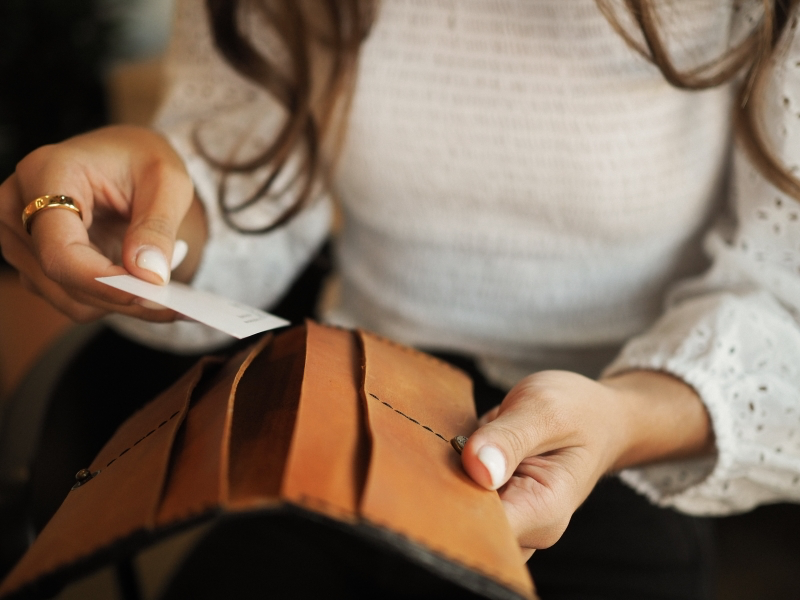
Let’s Talk Tech: Digital Wallets & RFID
So, what about the tech side of things? Let’s be honest, criminals are definitely keeping up.
Are Apple Pay and Google Pay Safer?
In a word, yes. Digital wallets like Apple Pay and Google Pay are a huge security upgrade. When you add your card, they don’t store your actual card number on the device. Instead, they use something called “tokenization,” creating a unique, one-time-use code for every single transaction. This means the merchant never even sees or stores your real card number, which dramatically reduces the risk of your info being stolen in a data breach.
Honestly, using your phone to pay is one of the safest methods out there. It fits perfectly into the 1-1-1 rule, often acting as your primary payment method so your physical cards can stay safely tucked away.
RFID-Blocking Wallets: Hype or Help?
Many modern cards have RFID chips for contactless payments. It’s convenient, but it opens the door to “electronic skimming,” where a thief with a powerful reader can try to grab your card info from a short distance. While the stolen data is encrypted and limited, it’s still a risk.
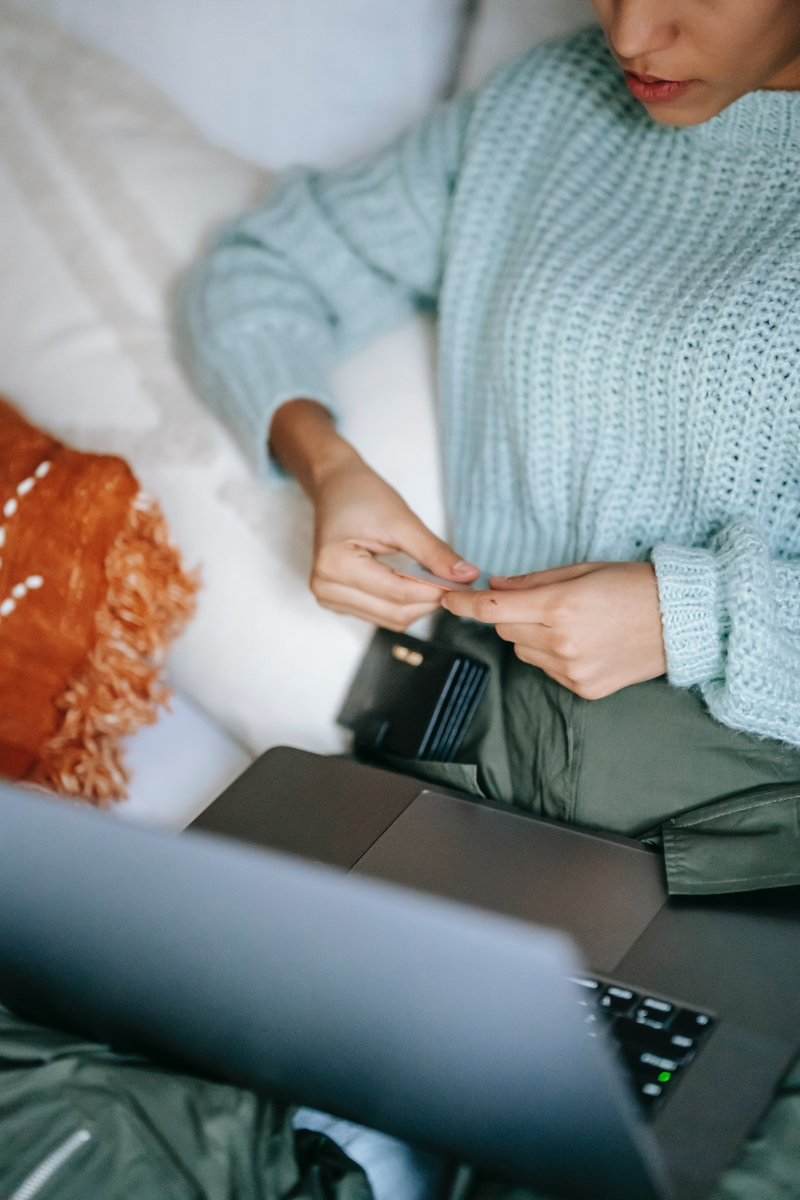
This is where RFID-blocking wallets and sleeves come in. They are lined with materials like carbon fiber or aluminum that block the radio waves. And they work. They are also super affordable. You can find excellent RFID-blocking wallets for between $15 and $40 on sites like Amazon, and simple card sleeves are often under $10. It’s a cheap and effective layer of defense.
Your Wallet Emergency Plan: Prepare for the Worst, Hope for the Best
True security is all about being prepared. A little work now can save you a world of hurt later.
1. Create a “Wallet Inventory.” Take 15 minutes and make a list of everything in your wallet. For each card, write down the institution, the card number, and the 24/7 toll-free number for reporting it stolen (it’s on the back of the card). Don’t just save this in a plain note on your phone! Either keep a physical copy in your home safe or, even better, store it in a secure password manager like Bitwarden or 1Password. This list is your roadmap for the first 30 minutes after a theft.

2. Set Up Transaction Alerts. Log into your bank and credit card accounts and set up alerts for every transaction, even for $1. This is one of the most powerful and simple security tools you have. Your phone will buzz the second a thief tries to use your card, giving you a critical head start.
A common mistake: When you get your new cards, don’t forget about your recurring payments! Your Netflix, gym membership, and phone bill are all linked to the old card numbers. Make a list and update them right away to avoid service interruptions or late fees.
The First 24 Hours: Your Step-by-Step Action Plan
If the worst happens, don’t panic. Act fast. Here’s your checklist.
Step 1: Cancel Your Cards (First 30 Minutes). Grab your Wallet Inventory and start making calls. Be sure to use the word “stolen,” not “lost.” This triggers a higher-level fraud alert. Confirm the last legitimate transaction and have them issue a new card.

Step 2: File a Police Report (First 12 Hours). Even if you think the police won’t find the thief, this is a crucial step. The police report is the official document you’ll need to dispute fraudulent charges and prove the theft happened. It’s your key piece of evidence.
Step 3: Lock Down Your Credit (First 24 Hours). You have two main options here, and it’s important to know the difference.
-
A Fraud Alert is a flag on your credit file that lasts for one year. It requires lenders to take extra steps to verify your identity before opening new credit. It’s good. You only need to contact one of the three bureaus (Equifax, Experian, or TransUnion), and they’ll notify the others. Here are the direct links to make it easy: Equifax, Experian, and TransUnion.
-
A Credit Freeze is even better. It’s a complete lock on your credit file. No one can access it to open a new account until you “thaw” it with a special PIN. By law, it’s free to freeze and unfreeze your credit. This is the strongest protection against new account fraud.
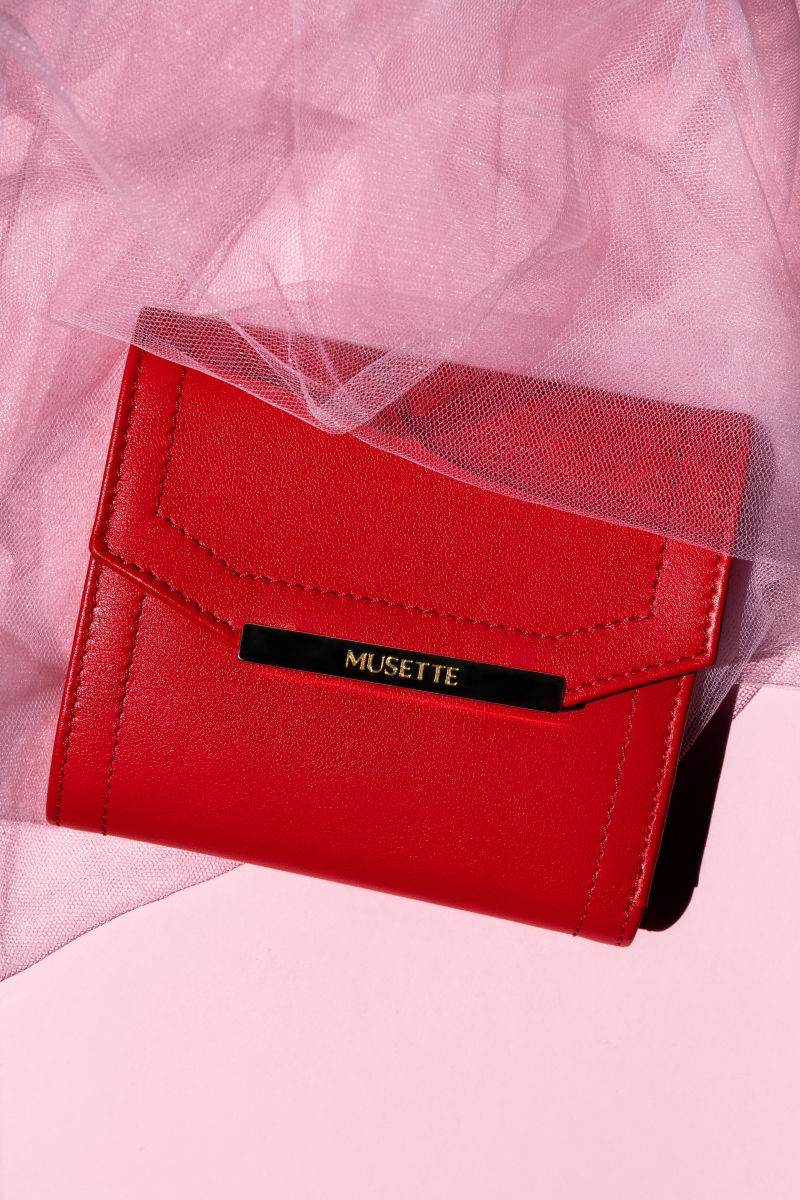
By curating what you carry, you take power away from criminals and turn a potential disaster into a manageable inconvenience. It has nothing to do with luck and everything to do with being aware and prepared. Take five minutes today to clean out your wallet. It’s one of the best security investments you’ll ever make.
Inspiration:
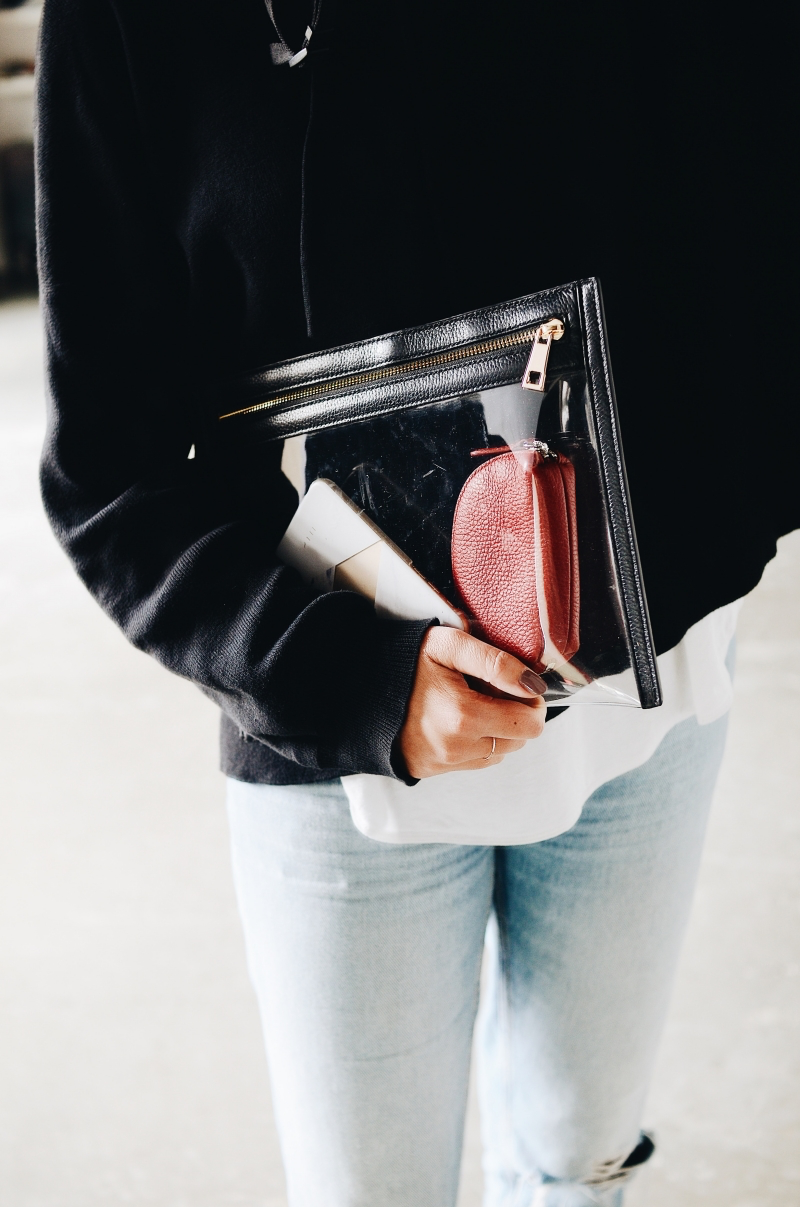
But if I take everything out, what do I do with all my loyalty cards and gift cards? My physical wallet might be slimmer, but my life feels more complicated!
That’s where your smartphone becomes your new best friend. Most modern loyalty programs, from your Starbucks card to your airline frequent flyer number, can be added directly to your phone’s native wallet (like Apple Wallet or Google Pay). For the holdouts, apps like Stocard act as a digital binder, storing the barcodes for hundreds of store cards. A quick scan at the register is all you need. This not only declutters your physical space but also means one less piece of plastic for a thief to find.










